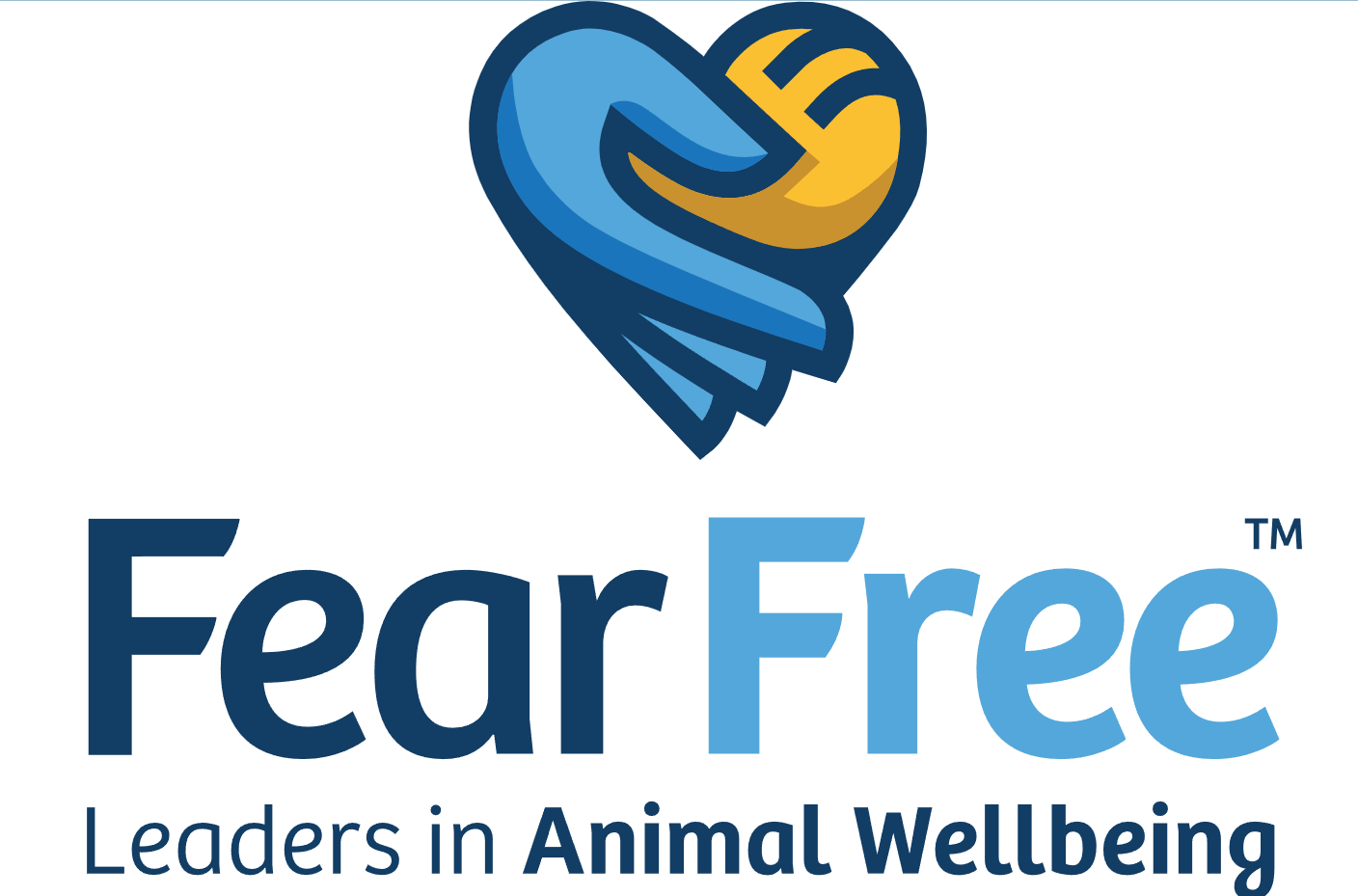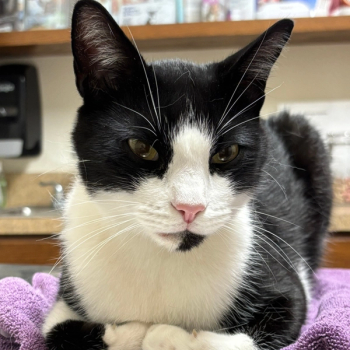
Make grooming at home a Fear Free event

Experts share 3 tips for taking the stress and anxiety out of nail trimming
Nail trimming can be an anxiety-inducing experience for pets and their owners. This anxiety not only hinders the activity of nail trimming, but may also affect the human-animal bond and the relationship between veterinarian, owner, and pet. Educating clients about nail trimming with Fear Free methodology may reduce or eliminate that anxiety, resulting in happy, healthy pets and satisfied, well-informed clients.
The concept of Fear Free has rapidly caught on in the veterinary world, with 84,000 Fear Free Certified Professionals in the United States and Canada since the program’s inception in 2016.1 Among other benefits, a 3-year study of 41 Fear Free Certified Practices showed a 14% increase in patients and 23% increase in revenue per practice.2 The client demand for Fear Free is there, and its concepts can extend beyond the clinic and into the home in the form of client education.
In a recent episode of the Fear Free Pets podcast, Steve Dale, CABC, addressed this very topic with the lead animal trainer for Fear Free Pets, Mikkel Becker, CTC, KPA CTP, CBCC-KA, CPDT-KA, CDBC.3 For the owner whose pet runs and hides in a corner as soon as the nail clippers come out, they provided the following tips and tricks:
1. Replace trimmers your pet already associates with fear
Becker explained that pets can form a strong, fear-based association with trimmers. She used an example of pets that had a traumatic experience at a veterinary hospital. For those pets, it is often better for them to go to a different room or another hospital entirely. “I think it’s the same thing with nail trim tools,” said Becker. “If your pet has a toxic relationship with the nail trimmers you’re currently using…I would ditch those altogether and pick out a new pair.”
2. Make a positive association before clipping a single nail
Becker emphasized the importance of allowing the pet to be comfortable with both the trimmer and the situation before starting to trim. This can be done by pulling out the trimming tool and then doing something the pet loves, such as giving them a meal or treats, playing with a toy, or providing them with lots of petting and physical affection.
The key, according to Becker, is to be patient and help the pet feel relaxed and trusting before the clipping begins. By ensuring the pet only has positive experiences with nail trimming from the start, the owner can help the pet feel more comfortable with the process in the long run. “I think so many times we’re on our own timetable, and we try and force it,” said Becker. “What would help us long term would be to take it at their pace and not push too far [or] too fast. Maybe just [do] 1 nail a day. That is a huge win over time.”
3. Give positive reinforcement for each nail clipped
Becker discussed the value of building a positive association with nail trimming by using rewards in the form of treats or physical affection. She also advised paying close attention to body language and noticing when the pet needs a break. By giving positive reinforcement and not forcing the pet to submit against its will, the owner can help the pet feel more relaxed with the process over time. “The more we give that voluntary choice and build those positive associations—those rewards for their participation—the more it becomes like a fun game, and we build that relationship at the same time,” Becker said.
References
- Dunn LS, Wood F. The continual business growth of Fear Free certified practices. Fear Free Pets. October 2020. Accessed July 2, 2022.
https://fearfreepets.com/wp-content/uploads/2020/10/The-Continual-Business-Growth-of-Fear-Free-Certified-Practices-October-2020.pdf - Dunn LS, Wood F. Fear Free: the long-term benefits for pets, people, and the profession. Fear Free Pets. October 1, 2021. Accessed July 2, 2022.
https://fearfreepets.com/wp-content/uploads/2021/09/Fear-Free-The-Long-Term-Benefits-for-Pets-People-and-the-Profession-October-2021.pdf - Fear Free Pets. How to take your nail trims to the next level with Mikkel Becker. Published June 2022. Accessed July 2, 2022.
https://soundcloud.com/fear-free-pets/how-to-take-your-nail-trims-to-the-next-level-with-mikkel-becker?in=fear-free-pets/sets/fear-free-podcast-series
Newsletter
From exam room tips to practice management insights, get trusted veterinary news delivered straight to your inbox—subscribe to dvm360.





